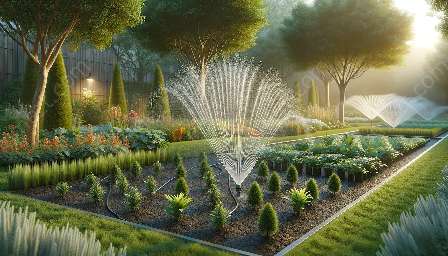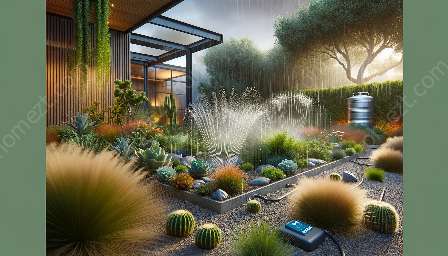Watering is a crucial aspect of gardening and landscaping, and it becomes even more challenging when dealing with different climates. Understanding how to adjust watering practices based on the climate of your region is essential for maintaining healthy and thriving plants. In this comprehensive guide, we will delve into the various watering techniques suitable for different climates, as well as tips for optimizing water usage to create a lush and sustainable garden or landscape.
Understanding Climate Zones
Before discussing specific watering methods, it's important to understand the different climate zones and their impact on plant growth. The USDA Plant Hardiness Zone Map is a valuable resource for determining the climate zone of your area. The map divides North America into 13 different zones based on the average annual minimum winter temperature.
Each zone has its own unique climate characteristics, including temperature ranges, precipitation levels, and humidity. Familiarizing yourself with the climate zone in which you are gardening or landscaping will help you tailor your watering approach accordingly.
Water Conservation and Sustainable Practices
Regardless of the climate, implementing water conservation practices is crucial for sustainable gardening and landscaping. By minimizing water waste and optimizing irrigation methods, you can not only preserve this precious resource but also save time and effort in maintaining your outdoor space.
Rainwater Collection and Harvesting
For regions with limited rainfall, such as arid and semi-arid climates, harvesting rainwater can provide a valuable source of irrigation. Installing rain barrels or cisterns to capture rainwater from rooftops can supplement your watering needs, reducing reliance on municipal water supplies.
Drought-Tolerant Plant Selection
In arid or desert climates, it's beneficial to choose plant species that are naturally adapted to low-water conditions. Native plants and those labeled as drought-tolerant require less frequent watering, making them well-suited for water-conserving landscapes.
Soil Amendments and Mulching
Improving the soil's water retention capacity by incorporating organic matter and mulching around plants can help reduce the frequency of watering, particularly in dry climates. Mulch acts as a protective layer, preventing water evaporation and maintaining consistent soil moisture levels.
Customizing Watering Techniques for Different Climates
Adjusting your watering practices to suit the specific climate of your region is essential for promoting plant health and preventing water-related issues. Let's explore how to adapt watering techniques in various climates:
Humid Climates
In regions with high humidity, the challenge lies in managing excess moisture and preventing fungal diseases. Consider the following tips for watering in humid climates:
- Water plants in the morning to allow foliage to dry before nightfall, minimizing the risk of fungal infections.
- Use well-draining soil mixes to prevent waterlogging, as excessive moisture retention can lead to root rot.
- Monitor plants closely and adjust watering frequency based on specific plant needs rather than a predetermined schedule.
Arid Climates
Conversely, arid climates present the challenge of providing adequate moisture to plants without overwatering. Here are some watering techniques suited for arid climates:
- Implement drip irrigation or soaker hoses to deliver water directly to the root zones, minimizing water loss through evaporation.
- Water deeply and less frequently to encourage deep root growth and resilience to drought conditions.
- Apply a layer of mulch to conserve soil moisture and reduce the need for frequent watering.
Temperate Climates
In temperate climates with moderate rainfall and distinct seasons, adjusting watering practices throughout the year is essential. Consider these techniques for watering in temperate climates:
- Observe seasonal changes and adjust your watering schedule accordingly, providing supplemental irrigation during dry spells and reducing frequency during rainy periods.
- Utilize rain gauges to measure rainfall and determine if additional watering is necessary, aiming for a consistent and balanced soil moisture level.
- Group plants with similar water requirements together to streamline watering efforts and optimize moisture management.
Conclusion
Adapting your watering practices to the unique demands of different climates is instrumental in creating a thriving and sustainable garden or landscape. By understanding the specific needs of your plants and optimizing water usage, you can cultivate a vibrant outdoor space regardless of the climatic challenges. Empower yourself with the knowledge and techniques outlined in this guide to achieve success in watering across various climates.






























